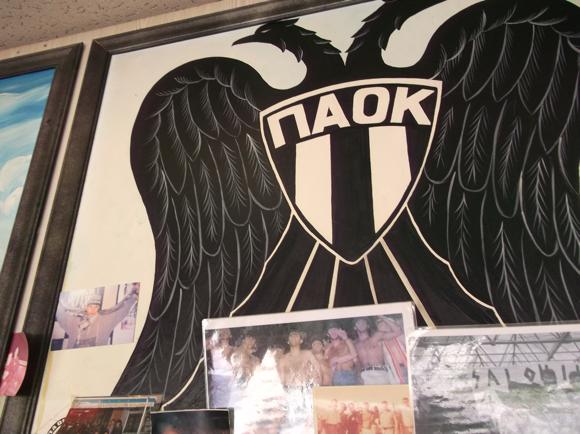A fan’s guide – the club from early doors to today
Asteras Tripolis have been a rare success story in a domestic Greek game dominated by one moneyed club – Olympiacos – and by headlines of hooliganism and economic misery.
Though their foundation date is given as 1931, the flagship club of Tripoli, 90 minutes from Athens in the otherwise football-starved Peloponnese, had a somewhat chequered history until modern times.
After World War II, Asteras (‘Star’) were a prominent force in the regional Arcadian League of the central and west Peloponnese. The club even made the second flight for two years in the early 1960s.
Dissolved then reformed, the club stayed under the radar until the arrival of the current management in 2003.

Winning the Arcadian League that first season, and remaining invincible at home, Asteras rose up through the divisions.
It required Brazilian coach Paulo Campos to get Asteras to the top of the Greek second division in 2006-07 – and make the Super League for the first time.
South Americans would also play a vital role on the pitch. Around a third of the club’s core squad is Argentine, with a couple of key Brazilians thrown in.
Again, home form helped Asteras to achieve a creditable debut season in the top flight, beating Olympiacos and Panathinaikos in the Peloponnese.
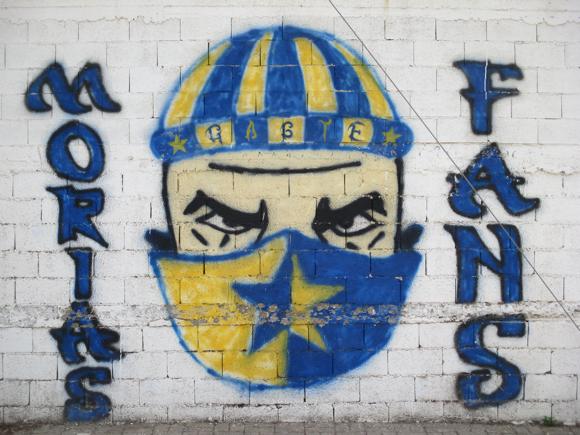
Maintaining Super League status, even making a brief appearance in Europe thanks to AEK’s demise, Asteras enjoyed their best domestic season in 2012-13, reaching the four-team league play-offs and the Greek Cup final.
With Hungarian Márton Fülöp in goal and captained by former Barcelona B midfielder Rubén Rayos, Asteras took Olympiacos to extra-time at the Olympic Stadium but couldn’t last the distance.
But it was fourth place in the play-offs that gained Asteras another European appearance in 2013-14.

Holding Rapid Vienna to a 1-1 draw at the renamed Koloktronis Stadium, Asteras bowed out in Austria.
Fifth place in 2014 earning Asteras further Europa League football in 2014-15, Asteras pulled off a huge surprise by beating high-flying Bundesliga outfit Mainz. With a 3-1 win in Greece, the Peloponnese side also maintained their unbeaten European record at home.
Star player Pablo De Blasis was also so impressive, the German club bought that attacking midfielder straight away.
The Argentine’s last appearance was to help Asteras to an away-goals win over Maccabi Tel-Aviv in the pre-group round.
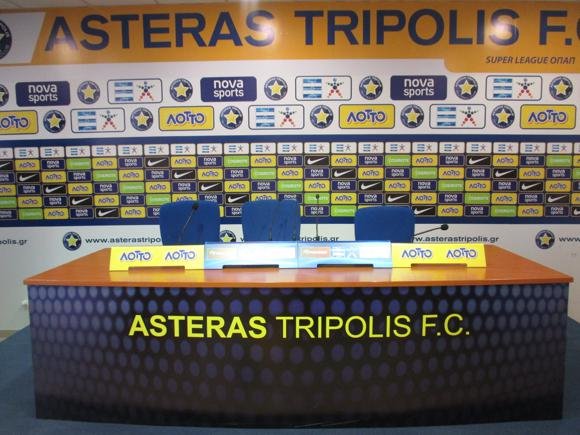
In the club’s debut group stage, a draw in Istanbul with Slaven Bilic’s Besiktas was followed by a 2-0 win over Partizan Belgrade. Vital goals came from Facundo Parra, replacement for his compatriot De Blasis.
Thrust straight into the group stage of the Europa League in 2015-16, Asteras played before a 42,000 crowd at Schalke but only registered one win, over APOEL Nicosia. One goalscorer was Apostolos Giannou, who managed to play full internationals for Greece and Australia in the same season.
His prolific form earning him a first Greek cap at the age of 28, striker Michalis Manias helped gain Asteras a return to Europe in 2018. Asteras then shocked Hibernian by taking a 2-0 lead at Easter Road, before a late winner by the home side kept the Europa League tie in the balance.



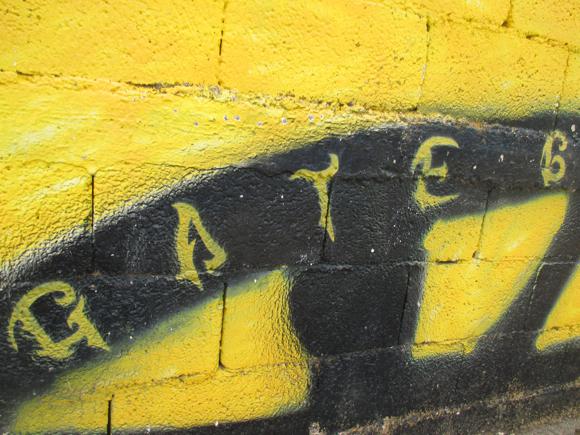

Stadium Guide
The field of dreams – and the stands around it

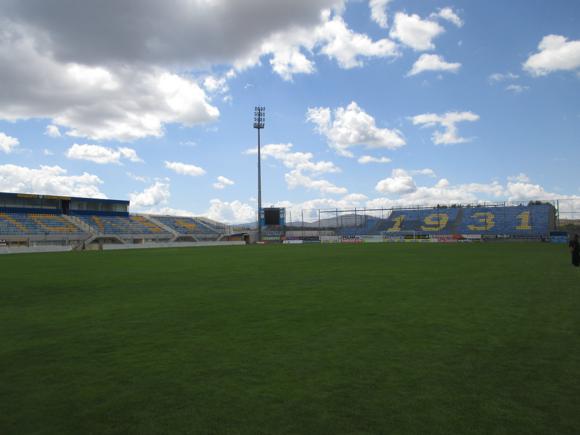
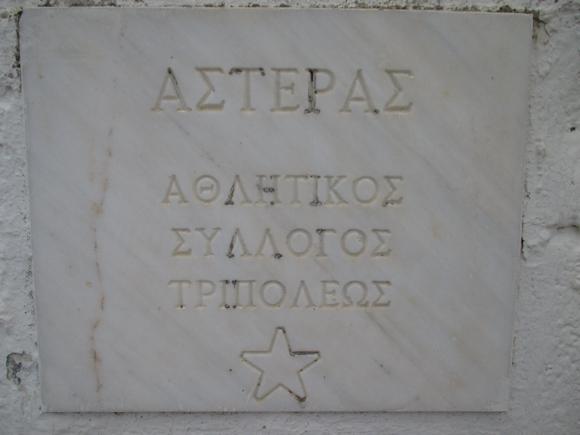

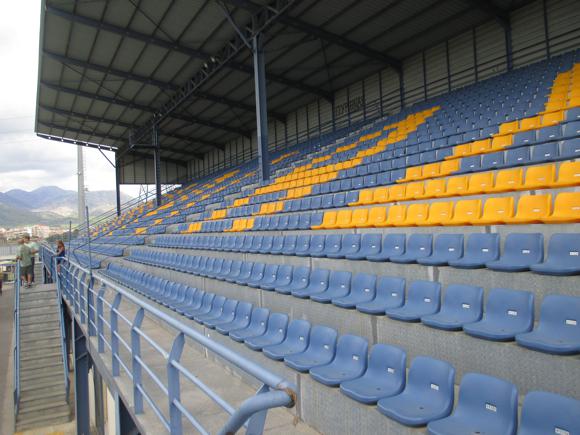
Named after Theodoros Kolokotronis, who fought on the same side as Lord Byron in the Greek War of Independence nearly 200 years ago, the Asteras stadium holds just under 8,000 people.
Set on the town’s far eastern outskirts, with few features in the immediate surroundings, the ground can feel isolated to the first-time visitor.
Built in 1979, and developed under the new management after 2003, the Theodoros Kolokotronis comprises four stands, away fans generally allocated the south goal accessed through gate 4. The main East Stand is where you’ll find the club offices and shop.
Home fans enter through gate 6.
getting there
Going to the stadium – tips and timings

There is no public transport to the stadium. Fans generally arrive under their own steam or share a taxi from town, fare roughly €5 from the town centre. Walking, allow a good 20min from the main square of plateia Areos.
Note that if you’re arriving by KTEL bus from Athens, the KTEL terminus in Tripoli, on Napfliou, is on the stadium side of the city, at most a 10min walk from the ground.
getting in
Buying tickets – when, where, how and how much

Because the stadium is relatively inaccessible, the club tends to use a kiosk on central plateia Petrounou for distribution.
At the stadium, ticket offices are in operation from two days before the game, and two hours before kick-off. Outlets are clearly marked with a blue-and-yellow sign in English.
Prices are set around €15-20 – a section of the south stand is allocated to away supporters.
what to buy
Shirts, kits, merchandise and gifts

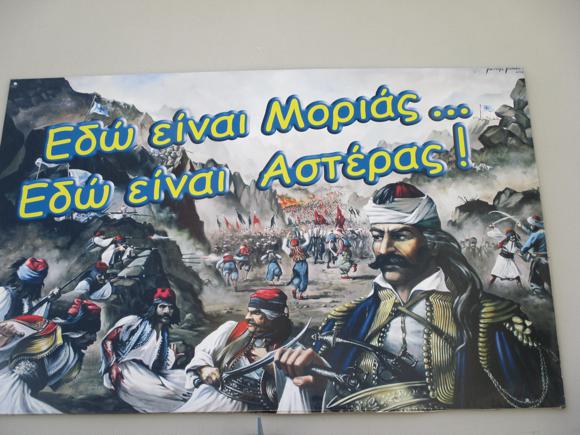

At the stadium, the STAR Shop opens on match days, selling replica shirts in blue-and-yellow, and away ones in red.
The club have also opened a downtown branch at the corner of Ethnikis Antistaseos and Dimitrakopoulou.
Where to Drink
Pre-match beers for fans and casual visitors

There are no bars near the stadium. The only outlet in the vicinity is the pretty As Fame (‘Let’s eat!’) taverna, with its own covered terrace. Not really a football haunt but very welcome all the same, the restaurant serves classic dishes such as lamb with lemon and thyme, and chicken in wine sauce – along with beer and wine. You’ll find it further along Tertseti from the stadium, at No.10.








